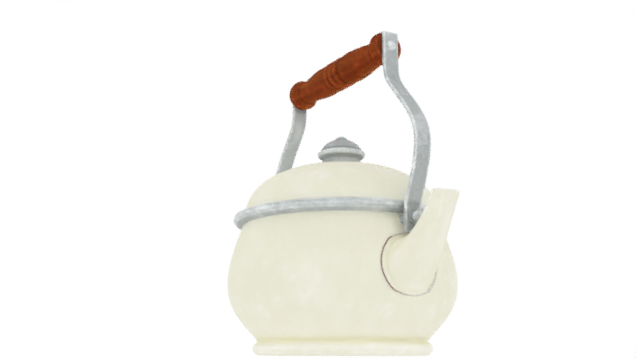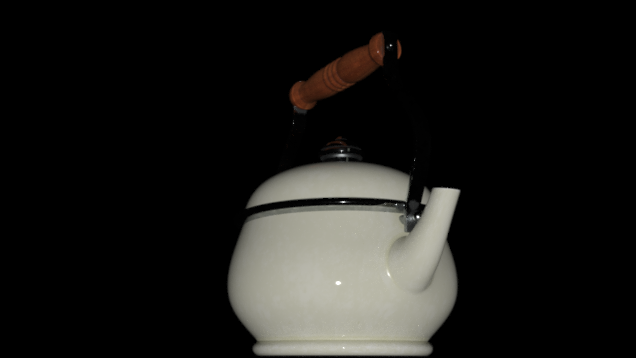Do you mean face-varying texture coordinates? OSPRay does not yet support that (see https://github.com/ospray/ospray/issues/425).
Closed iqch closed 2 years ago
Do you mean face-varying texture coordinates? OSPRay does not yet support that (see https://github.com/ospray/ospray/issues/425).
yes, this along with UDIMs are currently major missing features.
yes, this along with UDIMs are currently major missing features.
Hm, but which way OSPRay studio supports them?
OSPRay does not have native support for UDIMs. Studio emulates UDIMs by packing all texture tiles in a single large texture, which is also planned for OSPRay for Hydra.
Oh! Noooooooo Ср, 15 сент. 2021 г. в 10:10, Johannes Günther @.***>:
OSPRay does not have native support for UDIMs. Studio emulates UDIMs by packing all texture tiles in a single large texture, which is also planned for OSPRay for Hydra.
— You are receiving this because you authored the thread. Reply to this email directly, view it on GitHub https://github.com/ospray/hdospray/issues/11#issuecomment-919759315, or unsubscribe https://github.com/notifications/unsubscribe-auth/AAQD2CIL5K63726DA3JUGXTUCBBHLANCNFSM5D5AH6RA . Triage notifications on the go with GitHub Mobile for iOS https://apps.apple.com/app/apple-store/id1477376905?ct=notification-email&mt=8&pt=524675 or Android https://play.google.com/store/apps/details?id=com.github.android&referrer=utm_campaign%3Dnotification-email%26utm_medium%3Demail%26utm_source%3Dgithub.
If it is possible to implement manually custom type of ospray primitives - why not to try to implement especially for hdospray such trivial thing as bi-cubic patch? Then hydra delegate will split subdivide mesh request to group of such patches and assign all primvars correctly. You may even not to use opensubdiv library, math laying around catmull-clark subdivisions are very simple and easily parallels. Areas around nontrivial vertices can be just subdivide till acceptable flatness amount and then interpolate with fan of bilinears. It can bring automatically UDIM resolving scheme too, just referring to one-piece from each patch (ok, it assumes, that st-coords are consistent, but they mostly are).
UDIM has already been worked on and will be put in a future release. Subdivision is set to go through an overhaul to use opensubdiv. As for face-varying support, that will be added to the OSPRay renderer first and then supported in hdOSPRay, assuming that was the issue with the teapot texture seam.
I would be very interested to hear what you are using it for, and your USD tet loader. We are in fact discussing using it more for sci vis focused applications and yes unfortunately you are then outside the realm of official hydra. However, that itself is not out of the ordinary for hydra given its limitations. Every studio seems to have their own data and shading systems built on USD/hydra. The issue you point out is that you then lose the ability to take that implementation and have it run across multiple applications. The solution is either to produce a representation of that data that does fit in a supported schema or create a new schema and attempt to have it standardized by other users.
I constantly research CG-production API's and techniques. I used USD directly as universal during scene format testing some simulation API - for example ARCSIM. I hate mess with OpenGL, OBJ, json etc - so I've found that USD/Hydra is great as least common multiple. For ARCSIM I develop testing gui based over usdviewq, now I'm playing with IPC libray, which simulates tetrahedral meshes too - in addition to rod, sheets and points. So I need robust library to exchange between DCC and offline simulation tool. Of course, when (or if) I'll implement it as internally executing module (Houdini solver for example) - it will be unnecessary - but Hydra can not only render images. It can perform simulation task too, and usd 21.08 has such features introduced already. More dedicated to RBD simulation, but it will drive further. here is my (awkward a bit) explanation about tetrahedral meshes implementation if you are interesting https://youtu.be/gRsmBefNE7c
note: face varying support now in 0.10
Does OSPRay itself use per-vertex interpolation for st, not per-point? It look like not - I render with Solaris asset (teapot from apple), only OSPRay shows it with artefacts over texture seams. Or it is introduced by hydra delegate?
